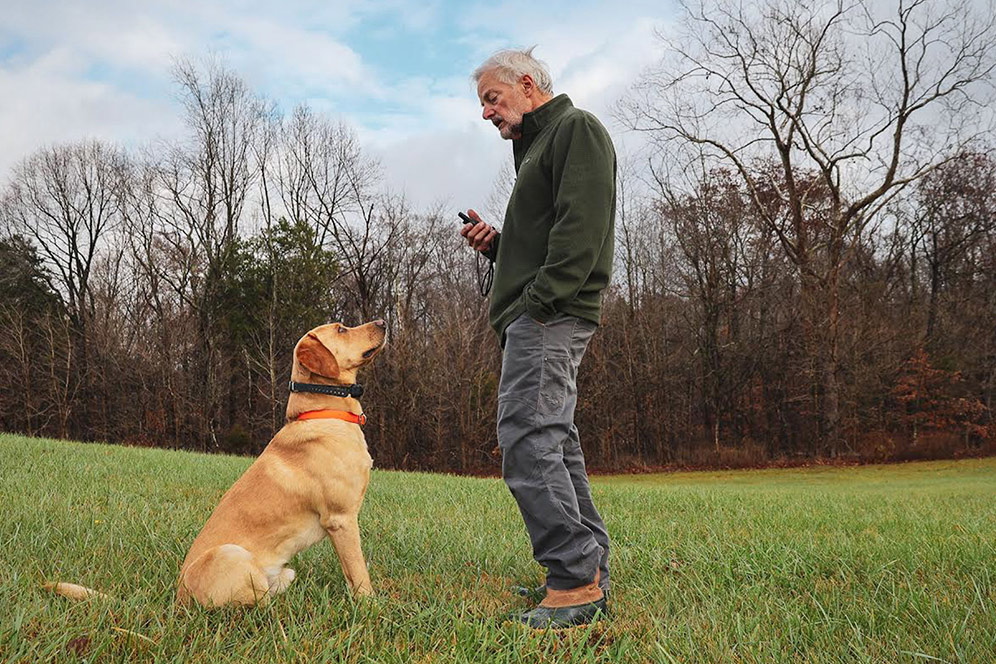Congratulations on taking the time and effort to train your dog! It’s a challenging but rewarding journey, and your dedication is commendable. As a responsible dog owner, teaching your furry friend how to behave in the world is a significant responsibility. It requires patience, time, and consistency.
While you may have made great strides in training your dog, seeking professional help from certified dog trainers can further enhance your skills and your pup’s accomplishments. One such expert is Hannah Gillihan, a Certified Dog Trainer at Zoom Room Dog Training, who has valuable insights to share.

In her experience, Gillihan has noticed a common practice among dog owners that she believes should be reconsidered—the use of the word “OK” as a command during training sessions. While it may seem like a harmless and convenient word to use, Gillihan emphasizes that it can be confusing for dogs and hinder their training progress.
Gillihan explains that the word “OK” is often used as a release word, signaling to the dog that they can move out of a stay position or indicating permission to do something. However, the problem arises when “OK” is used in everyday conversation without intention, leading to confusion for the dog.
To address this issue, Gillihan suggests using more specific and distinct release words such as “release,” “free,” or phrases like “to me.” By using less commonly used words or phrases, you can avoid unintentionally triggering your dog to act when you didn’t mean to.

Another common practice that Gillihan advises against is using the phrase “leave it” inconsistently. While many dog owners use this command to prevent their dogs from grabbing or consuming something they shouldn’t, Gillihan warns against saying “leave it” and then giving the item to the dog shortly after. This inconsistency can undermine the effectiveness of the command and lead to confusion for the dog.
Instead of using “leave it” for all situations, Gillihan recommends using phrases like “wait for me” or “not yet” for items that are safe for your dog or that you intend to give to them later. This helps to avoid creating a mentality in your dog that they can ignore the command and sneakily go for the item later.
Consistency is key in dog training, and Gillihan emphasizes the importance of reinforcing good behavior. When your dog successfully follows the “leave it” command, rewarding them with a high-value treat can reinforce the desired behavior. This consistent approach helps to solidify the command and ensures that your dog understands and obeys it effectively.
Training a dog requires dedication, patience, and a willingness to adapt and learn new techniques. By being mindful of the words and commands you use during training sessions, you can improve the effectiveness of your training and strengthen the bond with your furry companion.
Remember, every step you take in training your dog contributes to their well-being and your relationship with them. Keep up the great work, and continue to seek out guidance from professionals like Hannah Gillihan to further enhance your skills as a dog parent. Your efforts will undoubtedly lead to a well-behaved and happy pup!

